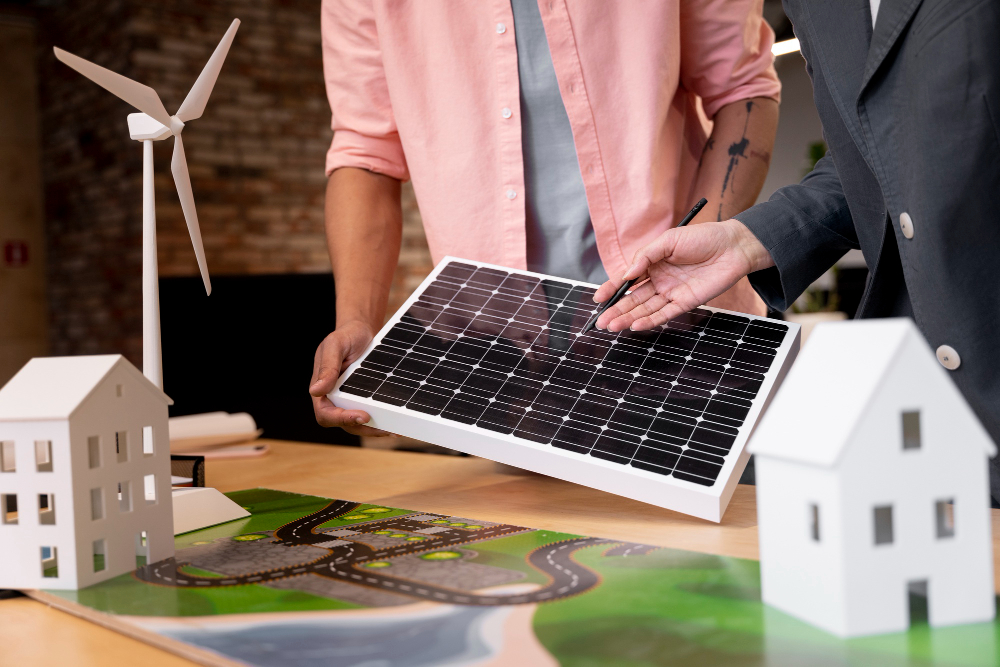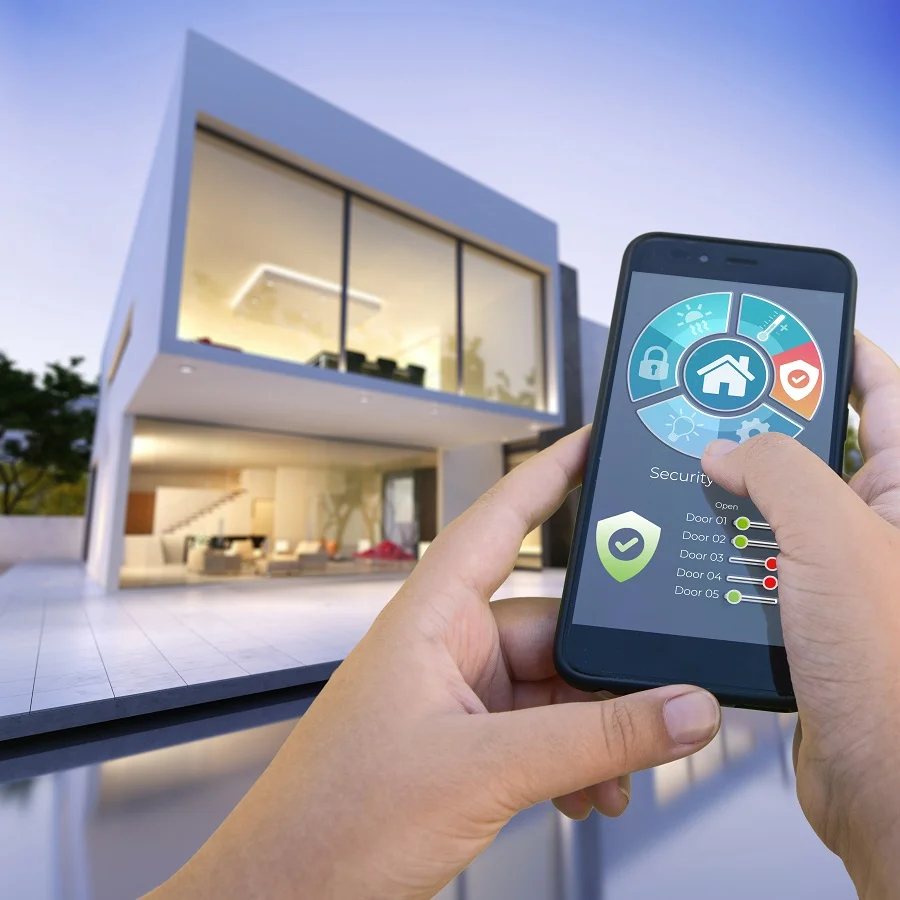Last updated on
As environmental consciousness continues to shape our approach to construction and design, eco-friendly roofing options have gained significant attention. The benefits extend beyond just reducing our carbon footprint; these roofs contribute to energy efficiency, conservation of resources, and improved air quality.
In this article, we explore the diverse advantages of opting for an eco-friendly roof, highlighting how this sustainable choice not only benefits the planet but also proves advantageous for homeowners and businesses alike.
Energy Efficiency and Cost Savings
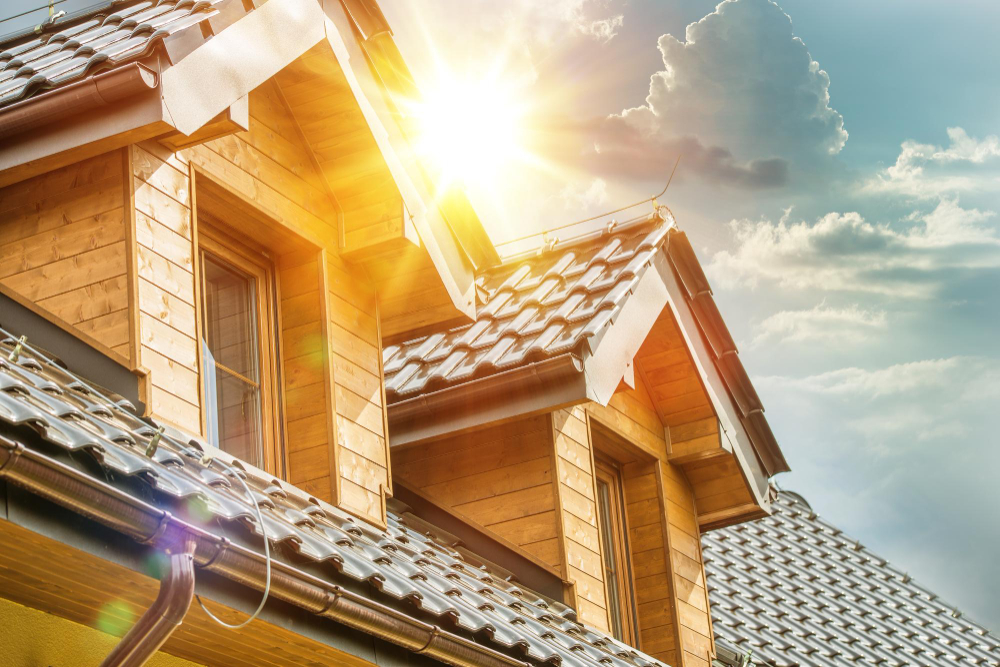
One of the primary advantages of choosing an eco-friendly roof is the potential for significant energy savings. Cool roofs, which are designed to reflect more sunlight and absorb less heat, contribute to a more energy-efficient home or building.
By minimizing heat absorption, these roofs help maintain lower indoor temperatures, reducing the need for air conditioning during hot summer months. This, in turn, leads to decreased energy consumption and lower utility bills.
Moreover, the increased insulation provided by many eco-friendly roofing materials helps regulate indoor temperatures year-round, reducing the reliance on both heating and cooling systems. While the initial investment in an eco-friendly roof might be higher than traditional options, the long-term savings on energy costs make it a financially savvy and environmentally responsible choice.
Biodiversity and Urban Green Spaces
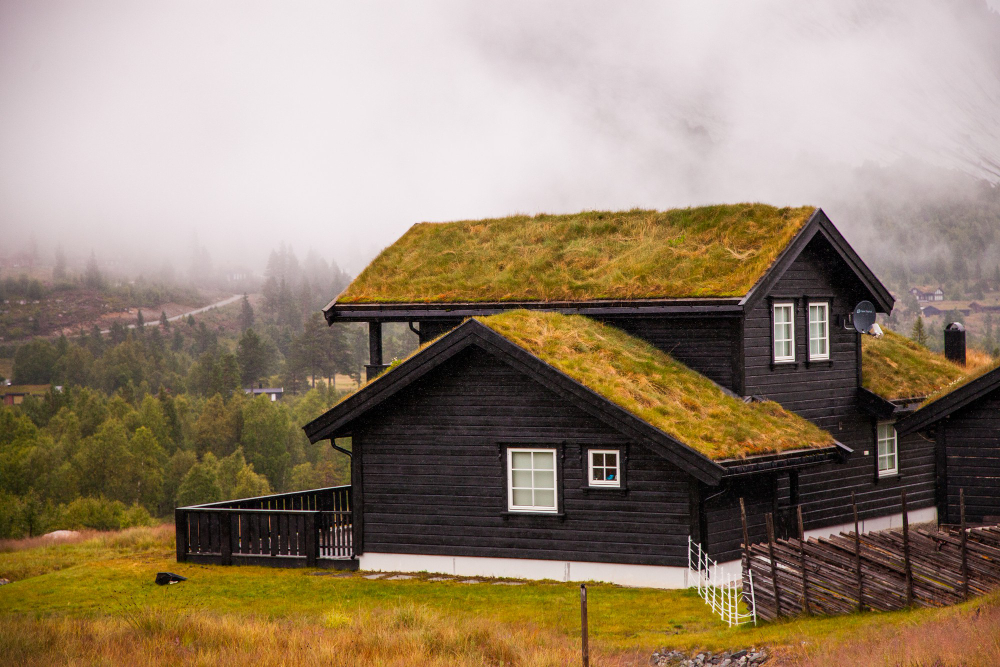
Eco-friendly roofs, such as green roofs or living roofs, are not only aesthetically pleasing but also contribute to urban biodiversity. Green roofs consist of vegetation and soil layers, providing a habitat for various plant species and even small animals.
This greenery helps combat the urban heat island effect, where cities experience higher temperatures due to extensive impervious surfaces. Additionally, green roofs act as natural insulators, reducing energy consumption by maintaining more stable indoor temperatures.
Beyond their environmental benefits, green roofs also offer a unique and inviting outdoor space for residents or employees, promoting mental well-being and creating a connection to nature in urban settings. As cities strive to become more sustainable, incorporating eco-friendly roofs into urban planning emerges as a practical solution to mitigate environmental impact while enhancing the quality of urban living.
Longevity and Reduced Maintenance

Eco-friendly roofing materials often boast impressive durability, leading to longer lifespans compared to traditional counterparts. For instance, metal roofs, a popular eco-friendly option, can withstand extreme weather conditions, resist corrosion, and have a lifespan that exceeds conventional asphalt shingles.
The longevity of eco-friendly roofs translates to reduced maintenance costs over time. With fewer repairs and replacements needed, homeowners and building managers not only save money but also contribute to a reduction in waste generated by roofing materials.
This longevity factor aligns with the principles of sustainability, emphasizing the importance of building structures that endure and minimize their impact on the environment over the long term. Investing in a durable, eco-friendly roof becomes an investment in the future, combining economic and environmental benefits for years to come.
Consulting with a Professional Roofing Company
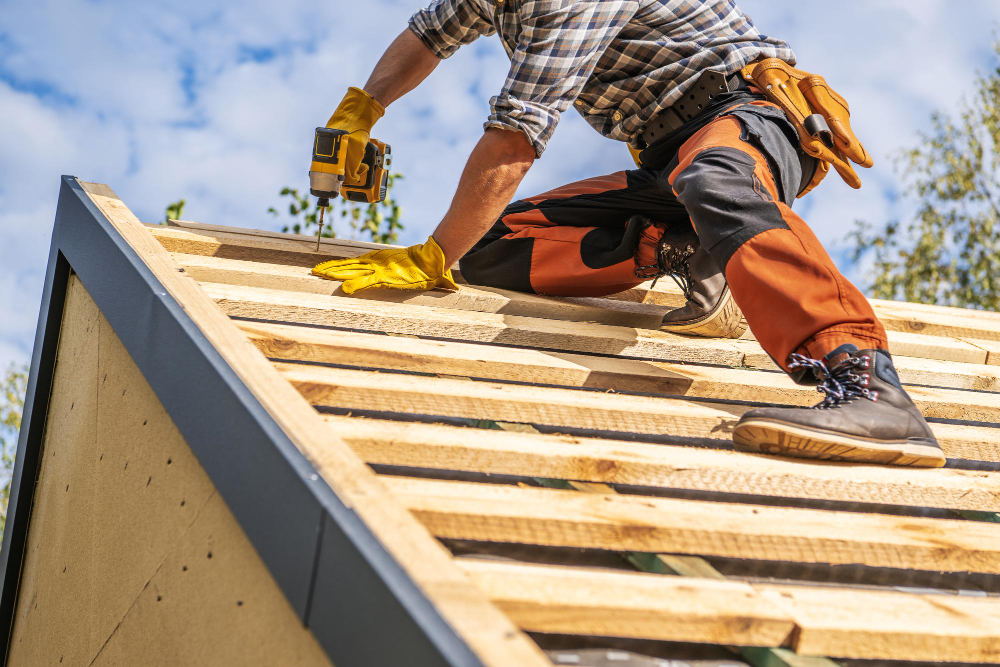
Embarking on the journey towards an eco-friendly roof requires expertise, and consulting with a professional roofing company is an essential step in this process. These professionals specialize in sustainable roofing solutions and can guide homeowners and businesses through the selection of eco-friendly materials suitable for their specific needs.
A reputable roofing company can provide insights into the latest innovations in environmentally conscious roofs and siding, ensuring that the chosen materials align with both aesthetic preferences and sustainability goals.
Furthermore, professional installation is crucial to maximizing the benefits of an eco-friendly roof, as it guarantees proper insulation, durability, and adherence to green building standards. By partnering with a roofing company experienced in eco-friendly practices, individuals can seamlessly integrate sustainable roofing solutions into their properties, contributing to a greener and more energy-efficient future.
Environmental Impact Reduction
Beyond the immediate benefits to individual homeowners or businesses, choosing an eco-friendly roof plays a crucial role in reducing the overall environmental impact of the construction industry. Traditional roofing materials often contribute to landfills, releasing harmful chemicals and greenhouse gases during their production and decomposition.
In contrast, eco-friendly roofing options are designed with sustainability in mind, utilizing recycled materials and minimizing their ecological footprint. By opting for these environmentally responsible choices, individuals contribute to the larger effort of mitigating climate change and promoting a circular economy.
The positive ripple effect of the widespread adoption of eco-friendly roofs goes beyond individual properties, fostering a collective commitment to building practices that prioritize both the present and future well-being of the planet.
Government Incentives and Certification
Governments and municipalities increasingly recognize the importance of promoting sustainable building practices, offering various incentives to encourage the adoption of eco-friendly roofs. Homeowners and businesses investing in green roofing solutions may be eligible for tax credits, grants, or other financial incentives.
Additionally, many eco-friendly roofing materials come with certification programs that attest to their environmental performance and energy efficiency. Consulting with local authorities and researching available incentives can significantly offset the initial costs associated with eco-friendly roofs.
This not only makes sustainable roofing more accessible but also underscores the growing consensus on the significance of environmentally conscious construction. As individuals explore the possibilities of eco-friendly roofs, they should also investigate potential financial benefits and certifications that align with their commitment to a sustainable lifestyle.
Embracing an eco-friendly roof is not just a personal choice; it’s a collective commitment to a more sustainable future. From energy savings and biodiversity promotion to reduced maintenance and environmental impact reduction, the advantages are diverse and far-reaching.
Consulting with professional roofing companies ensures a seamless transition to sustainable materials and practices, while government incentives underscore the broader societal shift towards environmentally conscious construction. As we navigate the intricate landscape of roofing choices, it becomes evident that every decision has an impact, not only on individual properties but on the planet as a whole.
By choosing eco-friendly roofs and siding, we contribute to a greener, more resilient world—one that values longevity, energy efficiency, and the well-being of both present and future generations.
Related reading:
Table of Contents
